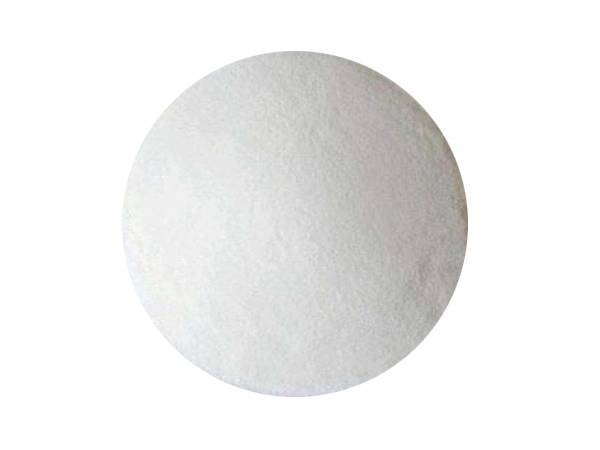



barium sulfate solubility in water
The Solubility of Barium Sulfate in Water An Overview
Barium sulfate (BaSO4) is an inorganic compound that plays a significant role in various industrial and laboratory applications. It is famously known for its high density and white appearance, making it a useful material in multiple domains, including medicine, manufacturing, and environmental science. However, one of its most notable characteristics is its extremely low solubility in water, a property that is pivotal to understanding its behavior and applications.
Chemical Properties and Structure
Barium sulfate consists of barium (Ba), a heavy alkaline earth metal, and sulfate (SO4), a polyatomic anion. The ionic bond between these two entities results in a stable, crystalline structure, which contributes to its low solubility. When discussing solubility, it’s essential to recognize that it is influenced by factors such as temperature, pressure, and the pH of the solution. In the case of barium sulfate, its solubility in pure water is less than 0.1 g/L at room temperature, which highlights its classification as an insoluble salt.
Factors Influencing Solubility
Although barium sulfate is generally insoluble, there are conditions under which its solubility can be slightly increased. For instance, higher temperatures can lead to increased solubility, although this change is relatively minor. Moreover, the presence of other ions in the solution can affect the solubility of barium sulfate. For example, in the presence of strong acids, bit of dissolution may occur due to the formation of complex ions. However, in typical aqueous conditions, barium sulfate remains predominantly undissolved.
Applications in Industry and Medicine
barium sulfate solubility in water

The low solubility of barium sulfate is not just a scientific curiosity; it has practical implications for various applications. One of the most well-known uses of barium sulfate is in medical imaging, particularly in radiology. Barium sulfate suspensions are administered to patients for barium swallow tests and barium enemas. The high atomic number of barium increases the contrast of images produced in X-rays, enabling clearer visualization of the gastrointestinal tract. Since barium sulfate is not absorbed by the body, it is ideal for such procedures.
In industrial settings, barium sulfate is employed as a pigment in paints, coatings, and plastics due to its brightness and ability to provide opacity. Its low solubility ensures that it remains suspended in many formulations, enhancing the properties of the final product. Furthermore, it is utilized as a filler in various materials, contributing to improved physical and chemical properties.
Environmental Considerations
Despite its usefulness, the low solubility of barium sulfate can pose challenges in environmental contexts. In cases of barium contamination, its persistence in water sources could lead to potential bioaccumulation and toxicity concerns for aquatic life. Therefore, it is crucial to monitor and manage the environmental impact of barium-bearing compounds, ensuring that they do not accumulate in significant quantities in ecosystems.
Conclusion
In summary, barium sulfate is a fascinating compound characterized by its extremely low solubility in water. This property underlies its extensive applications across healthcare and industrial sectors while also presenting environmental considerations that warrant attention. Understanding the solubility of barium sulfate not only enhances our grasp of chemical interactions but also reinforces the importance of responsible usage and management of such compounds in technology and nature. Further research may continue to shed light on this compound's behavior, as well as innovative ways to utilize its properties to benefit various fields.
-
Why Sodium Persulfate Is Everywhere NowNewsJul.07,2025
-
Why Polyacrylamide Is in High DemandNewsJul.07,2025
-
Understanding Paint Chemicals and Their ApplicationsNewsJul.07,2025
-
Smart Use Of Mining ChemicalsNewsJul.07,2025
-
Practical Uses of Potassium MonopersulfateNewsJul.07,2025
-
Agrochemicals In Real FarmingNewsJul.07,2025
-
Sodium Chlorite Hot UsesNewsJul.01,2025










